
2024 Bajaj Pulsar NS400Z First Ride Review | Performance On An...
- May 11, 2024
- Views : 3237


The biggest capacity Pulsar bike yet, the Bajaj Pulsar NS400Z, has just been launched and it rivals the KTM 390 Duke, TVS Apache RTR 310, Triumph Speed 400 and also its sibling, the Bajaj Dominar 400. But how does it fare against all of them on paper? Let’s take a look:
|
Specifications |
Bajaj Pulsar NS400Z |
Bajaj Dominar 400 |
TVS Apache RTR 310 |
2024 KTM 390 Duke |
Triumph Speed 400 |
|
Engine |
373.3cc, liquid-cooled single-cylinder engine |
373.3cc, liquid-cooled single-cylinder engine |
312cc, liquid-cooled reverse-inclined single-cylinder, engine |
398cc, liquid-cooled single-cylinder, engine |
398cc, liquid-cooled single-cylinder, engine |
|
Power |
40PS @ 8800rpm |
40PS @ 8800rpm |
35.6PS @ 9700rpm (Sport, Track & SuperMoto mode), 27.1PS @ 7500rpm (Urban & Rain mode) |
46PS @ 8500rpm |
40PS @ 8000rpm |
|
Torque |
35Nm @ 6500rpm |
35Nm @ 6500rpm |
28.7Nm @ 9700rpm (Sport, Track & SuperMoto mode), 27.3Nm @ 7500rpm (Urban & Rain mode) |
39Nm @ 6500rpm |
37.5Nm @ 6500rpm |
|
Gearbox |
6-speed |
6-speed |
6-speed |
6-speed |
6-speed |
The KTM 390 Duke is the most powerful bike among all of them and is quite a rev-happy bike because of the high-strung liquid-cooled engine. The Apache RTR 310 is also very rev-happy as it produces its peak power and torque outputs at 9700rpm. But it also has the smallest-capacity engine and is also the least powerful compared to the rest of the bikes in this comparison.
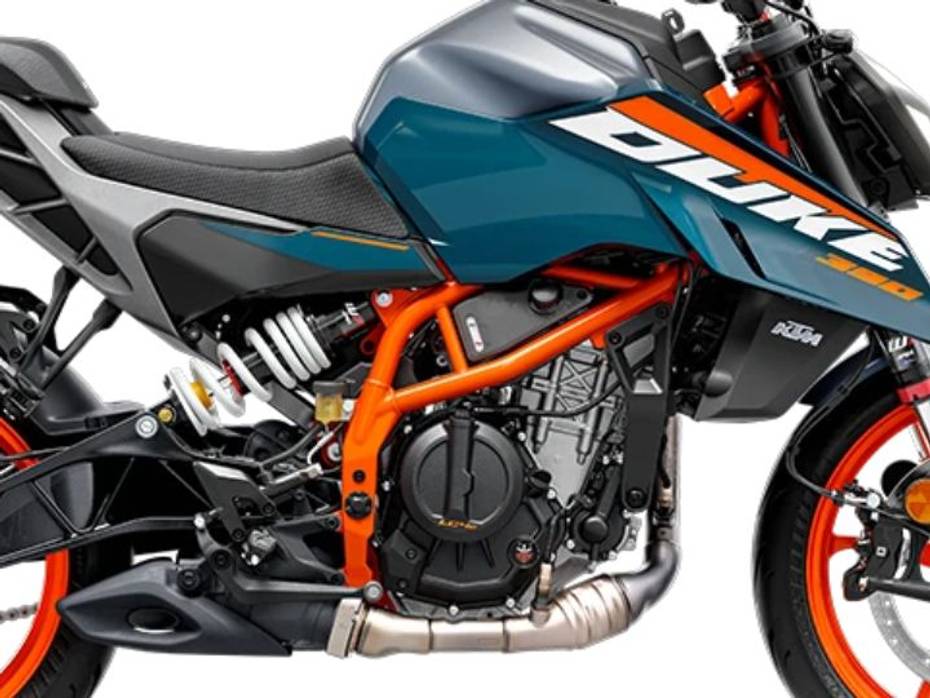
The Bajaj Pulsar NS400Z and the Bajaj Dominar 400 share the same 373.3cc liquid-cooled single-cylinder engine which produces the same power and torque output in both the bikes. The gearing in the NS400Z could be changed for better acceleration as the Dominar 400 is tuned to be more of a ‘sports tourer’ (in Bajaj’s own words), but we’ll only get to confirm that when we ride the bike for the first time.

The Speed 400 makes the same power output as the Bajaj bikes but produces the second-highest torque output in this lineup. It has great bottom-end grunt as well, making it a hoot to ride in the city as well.
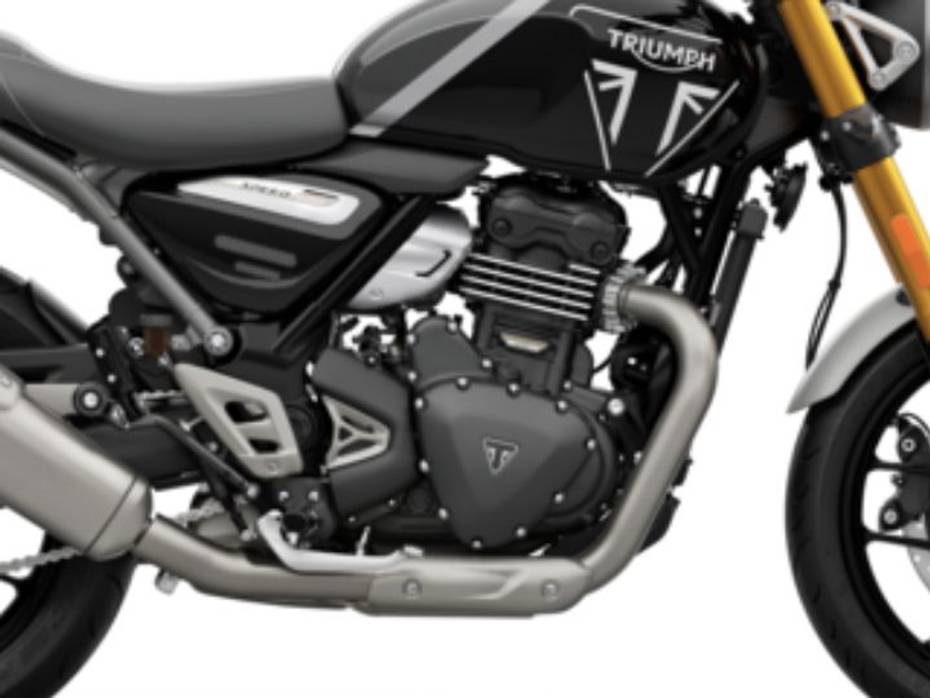
the automobile community
The RTR 310 and the 390 Duke are the only two bikes in this comparison to get a quickshifter. It is available as standard in the 390 Duke while in the RTR 310, it is only available with a premium of about Rs 15,000 over the base variant.

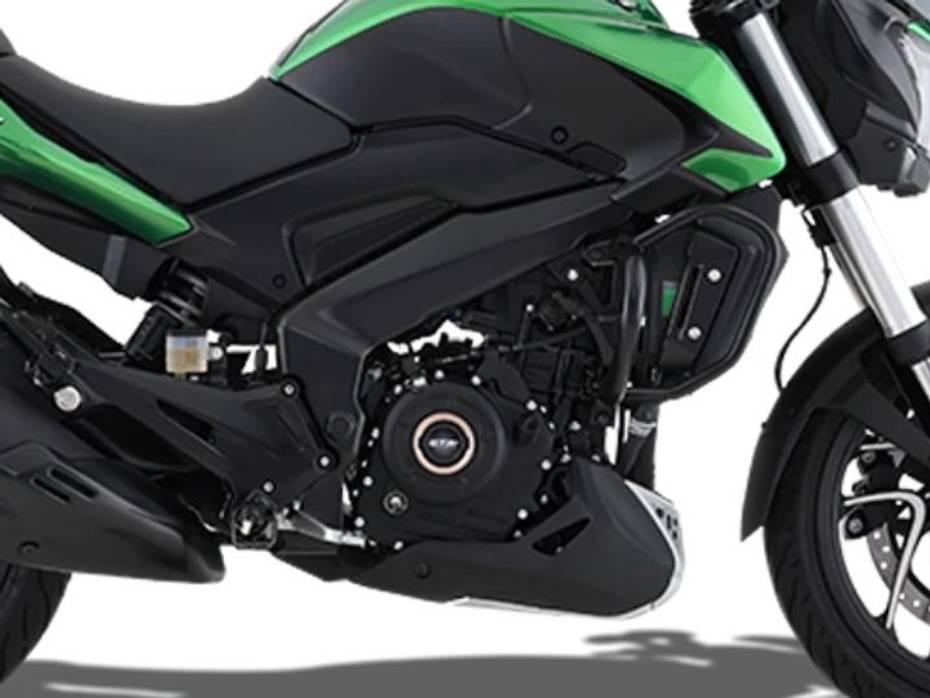
|
Specifications |
Bajaj Pulsar NS400Z |
Bajaj Dominar 400 |
TVS Apache RTR 310 |
2024 KTM 390 Duke |
Triumph Speed 400 |
|
Frame |
Beam type perimeter frame |
Beam type perimeter frame |
Trellis frame |
Steel trellis frame |
Hybrid spine/perimeter frame |
|
Front suspension |
43mm inverted fork |
43mm inverted fork with 135mm wheel travel |
41mm upside-down (USD) fork |
43mm WP Apex open cartridge fork with compression/rebound adjustability (150mm wheel travel) |
43mm upside down big piston fork with 140mm wheel travel |
|
Rear suspension |
6-step preload adjustable gas-charged monoshock |
Preload adjustable monoshock with 110mm wheel travel |
Preload adjustable monoshock |
WP Apex separate piston offset monoshock with five-step rebound/preload adjustability (150mm wheel travel) |
Preload adjustable gas charged monoshock with 130mm wheel travel |
|
Front brake |
320mm disc brake with axial caliper |
320mm disc brake with radial caliper |
300mm petal disc brake with radial caliper |
320mm disc with radial caliper |
300mm disc with four-piston radial caliper |
|
Rear brake |
230mm disc brake |
230mm disc brake |
240mm petal disc brake |
240mm disc with floating caliper |
230mm disc with floating caliper |
|
Front tyre |
110/70 - 17 |
110/70 R17 |
110/70 R17 |
110/70 R17 |
110/70 R17 |
|
Rear tyre |
140/70 R17 |
150/60 R17 |
150/60 R17 |
150/60 R17 |
150/60 R17 |
The 390 Duke gets the most sophisticated suspension from WP as it has rebound and compression adjustability at the front and rebound and preload adjustability at the rear. This means that riders of all sizes can adjust the bike according to their requirements.
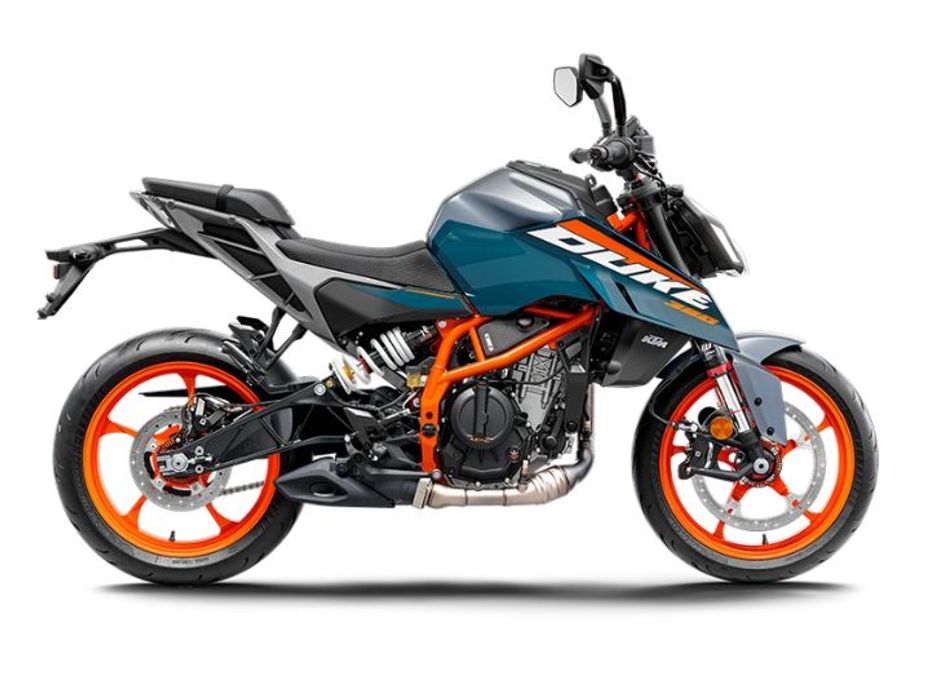
The RTR 310 does get a fully adjustable front suspension and a preload/rebound adjustable rear suspension but it costs an extra Rs 18,000 as part of the Dynamic Kit. The suspension setup on the rest of the bikes are similar to each other with nothing much to differentiate between them on paper.

The KTM 390 Duke comes equipped with H-rated Metzeler M5 tyres, the Speed 400 gets W-rated Apollo H1s, the The TVS Apache RTR 310 comes equipped with Michelin Road 5 tyres, the NS400Z gets MRF Zapper-FX2 tyres, and the Bajaj Dominar 400 gets MRF REVZ D tyres. It’s important to note that all bikes in this comparison get radial tyres at both ends, except for the Pulsar NS400Z, which gets a bias-ply front and a radial rear. While all the tyre options are quite good for their intended purposes, the Michelin Road 5 tyres in the RTR 310 offer the best grip among all of them.
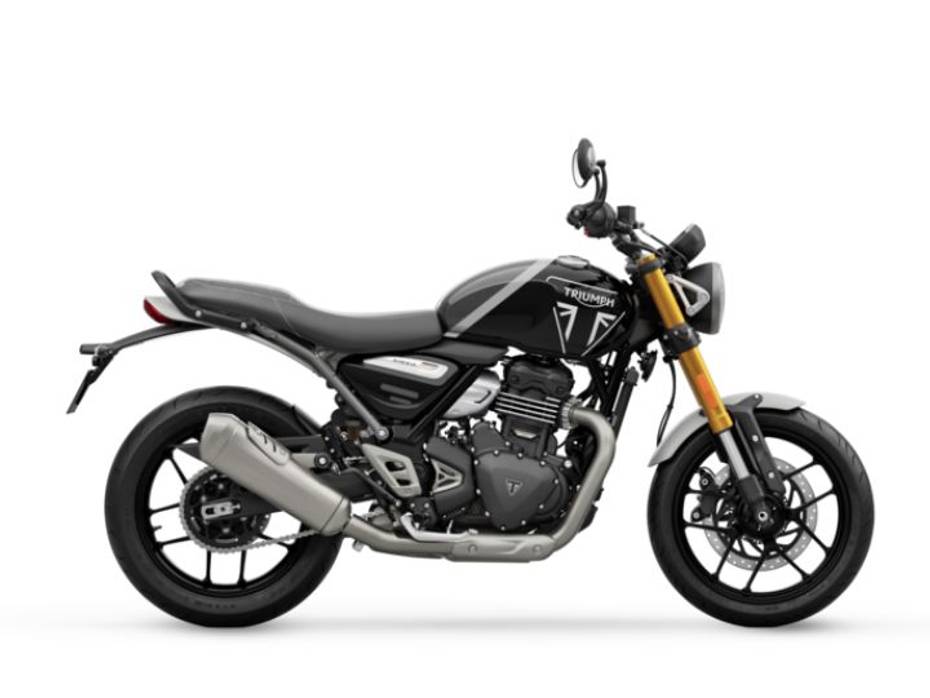
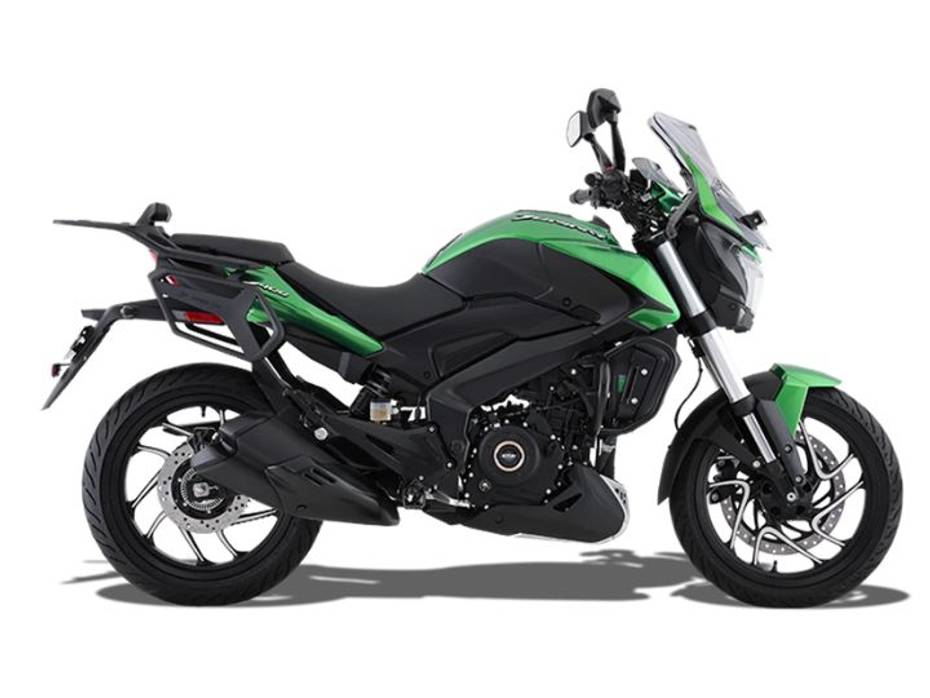
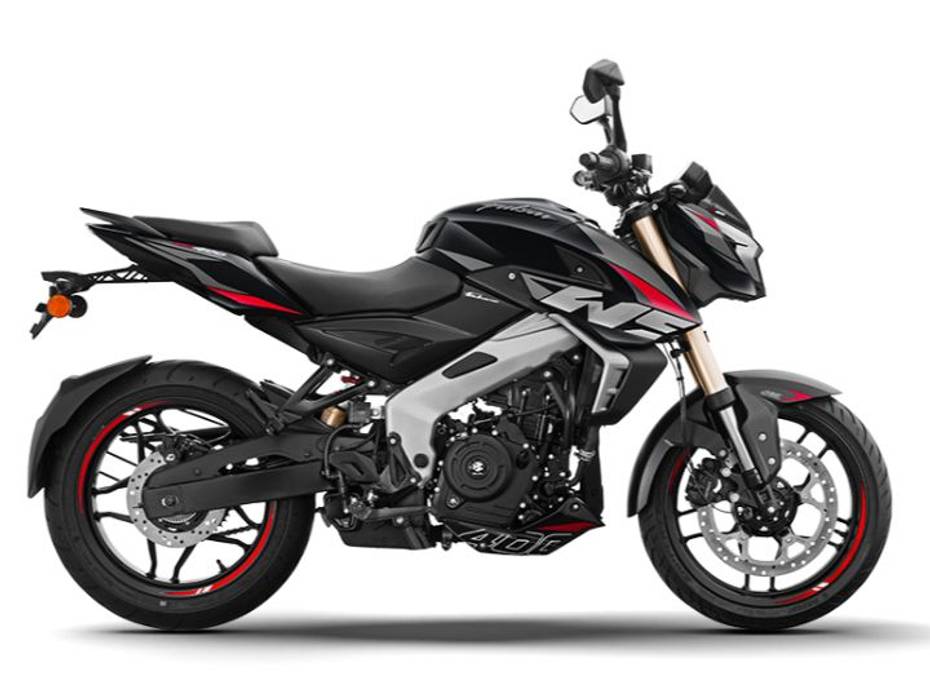
|
Specifications |
Bajaj Pulsar NS400Z |
Bajaj Dominar 400 |
TVS Apache RTR 310 |
2024 KTM 390 Duke |
Triumph Speed 400 |
|
Wheelbase |
1344mm |
1453mm |
1358mm |
1354mm |
1377mm |
|
Ground clearance |
168mm |
157mm |
180mm |
183mm |
NA |
|
Fuel tank capacity |
12 litres |
13 litres |
11 litres |
15 litres |
13 litres |
|
Seat height |
807mm |
NA |
800mm |
800 mm |
790mm |
|
Kerb weight |
174kg |
193kg |
169kg |
168.3kg |
176kg |
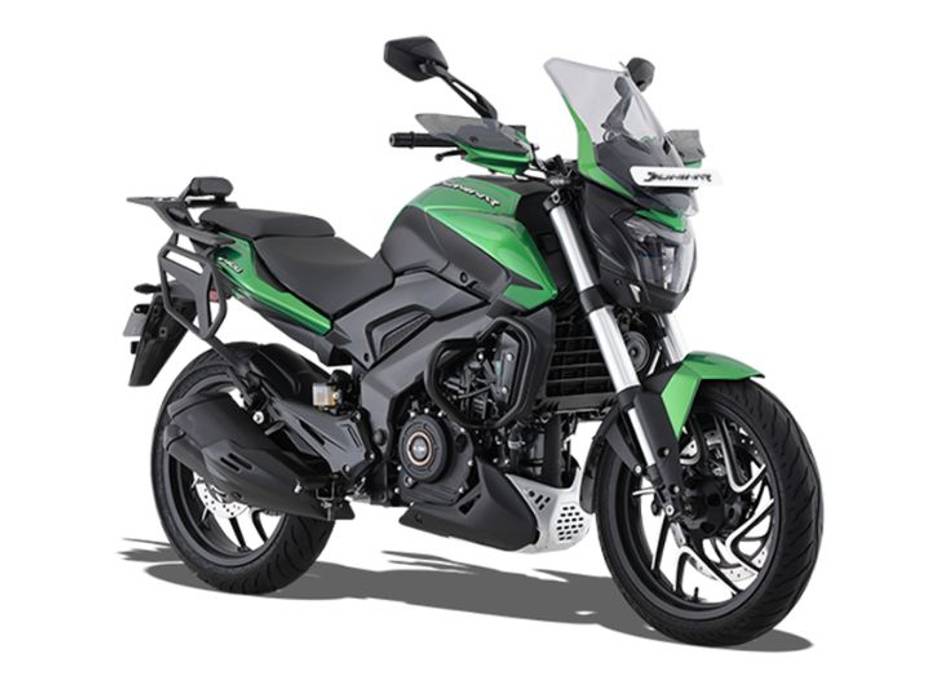
Because of how a perimeter frame is constructed, it is usually heavier than a trellis frame and that is reflected in the kerb weights of the bikes in this comparison. The Dominar 400 is the heaviest among all of them by a good margin and combined with the longest wheelbase here, the bike will be quite stable while touring on the highways. However, manoeuvrability in tight spaces can be a bit bothersome compared to the others. The Pulsar NS400 Z and the Speed 400 are not much heavier than the 390 Duke and the RTR 310 and as such, navigating through tight city traffic scenarios should be an easy affair.
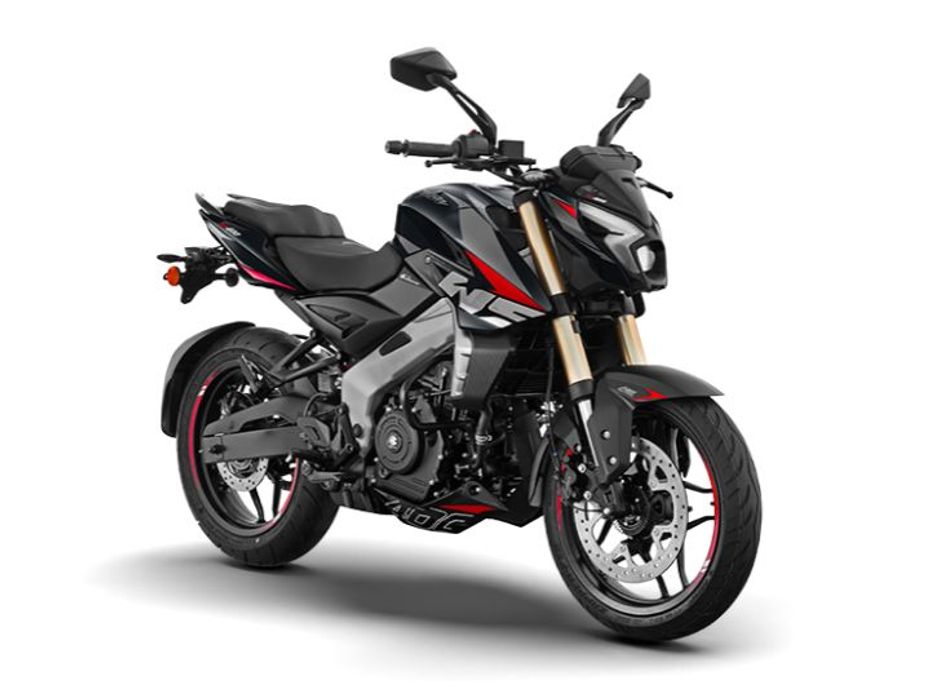

The 390 Duke and RTR 310 have the highest ground clearance, which is perfect for our Indian roads. Riders of the NS400 Z and the Dominar 400 should be careful while going bumps and potholes, though. Also, the KTM 390 Duke has the biggest fuel tank capacity, which should result in fewer fuel stops in general.
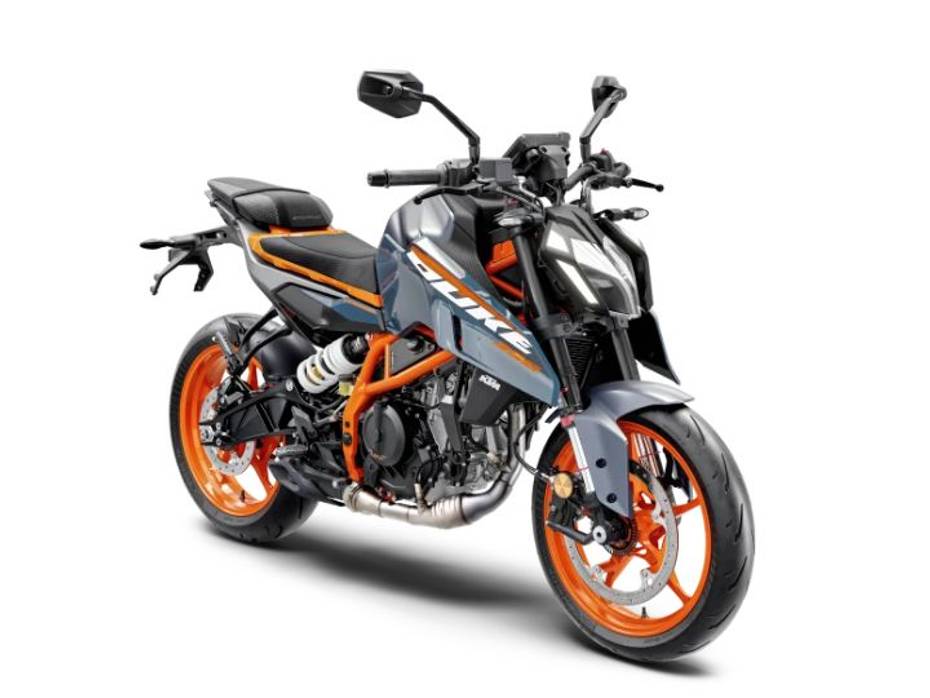

|
Bajaj Pulsar NS400Z |
Bajaj Dominar 400 |
TVS Apache RTR 310 |
2024 KTM 390 Duke |
Triumph Speed 400 |
|
|
Instrument Console |
LCD |
LCD |
5-inch TFT |
5-inch TFT |
Semi-digital |
|
Bluetooth connectivity |
Yes |
No |
Yes |
Yes |
No |
|
Riding Modes |
Road, Rain, Sport and Off-Road |
No |
Track, Urban, Rain, Sport and Supermoto |
Street, Rain and Track |
No |
The TVS Apache RTR 310 is the most feature-rich bike in this comparison as it gets 6-axis IMU for cornering ABS, cornering traction control, cornering cruise control, wheelie control, slope dependent braking control, rear-wheel lift off protection, and even a climate controlled rider’s seat with three levels of heating and cooling options. But these features are only available as accessories as part of the Dynamic Pro Kit which costs a premium of Rs 22,000 over the standard variant.
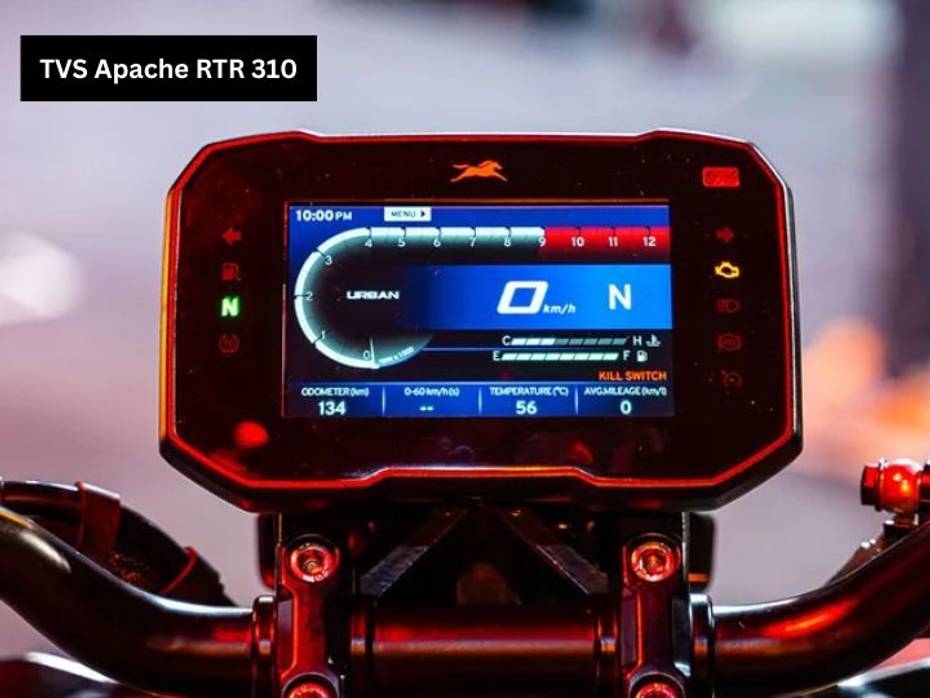
On top of the TFT instrument console with Bluetooth connectivity and turn-by-turn navigation, and the ride modes, the KTM 390 Duke also gets cruise control, launch control, wheelie control and cornering ABS as standard! This makes it the best package in terms of features in this comparison. The NS400 Z offers a decent package as well, for what it costs, with turn-by-turn navigation, ride modes, traction control and more available as standard. The Speed 400 also gets traction control but misses out on a full-fledged digital console with Bluetooth connectivity and turn-by-turn navigation. But that shouldn’t count as a knock on the Speed 400 because of its positioning as a neo-retro roadster. The Dominar 400, however, doesn’t get any of the fancy features mentioned above and is the least feature-rich bike in this lineup.


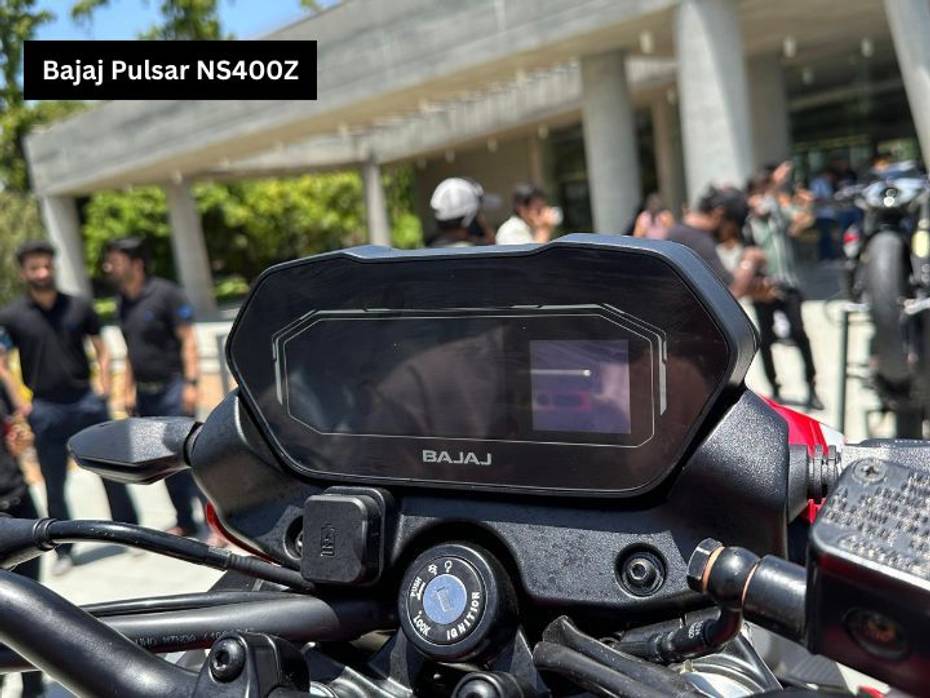

|
Bajaj Pulsar NS400Z |
Bajaj Dominar 400 |
TVS Apache RTR 310 |
2024 KTM 390 Duke |
Triumph Speed 400 |
|
Rs 1,85,000 |
Rs 2,30,815 |
Rs 2,42,990 |
Rs 3,10,520 |
Rs 2,34,497 |
(all prices ex-showroom)
All 5 bikes in this comparison have different characters and positioning in the two-wheeler market. Out of them, the Pulsar NS400 Z, KTM 390 Duke and the Speed 400 are the easiest to recommend.

The Bajaj Pulsar NS400 Z offers a fantastic value for money package with good performance, more than decent features list and the most affordable price tag among sub-400cc streetfighters in India. If you have the budget of Rs 3.10 lakh, then the KTM 390 Duke offers the best package of incredible performance, great handling dynamics and an extensive features list. The Triumph Speed 400 is perfect for someone who is in the market for a 400cc neo-retro bike with ample performance, good handling characteristics, excellent build quality and doesn’t care much about fancy features as long as the basics are taken care of.

The TVS Apache RTR 310, after adding the quickshifter, Dynamic Kit and Dynamic Pro Kit, will cost about Rs 3.04 lakh, which is only about Rs 6,000 cheaper than the KTM 390 Duke. As such, it isn't a great value for money proposition in this price range, and might only make sense to those who are enamoured by an extensive features list. And the Dominar 400, other than being a performance-oriented cruiser, hasn’t got much going for it currently. It has been in dire need of upgrades for a few years and now the Pulsar NS400 Z’s price tag makes the Dominar’s positioning in the market quite odd.

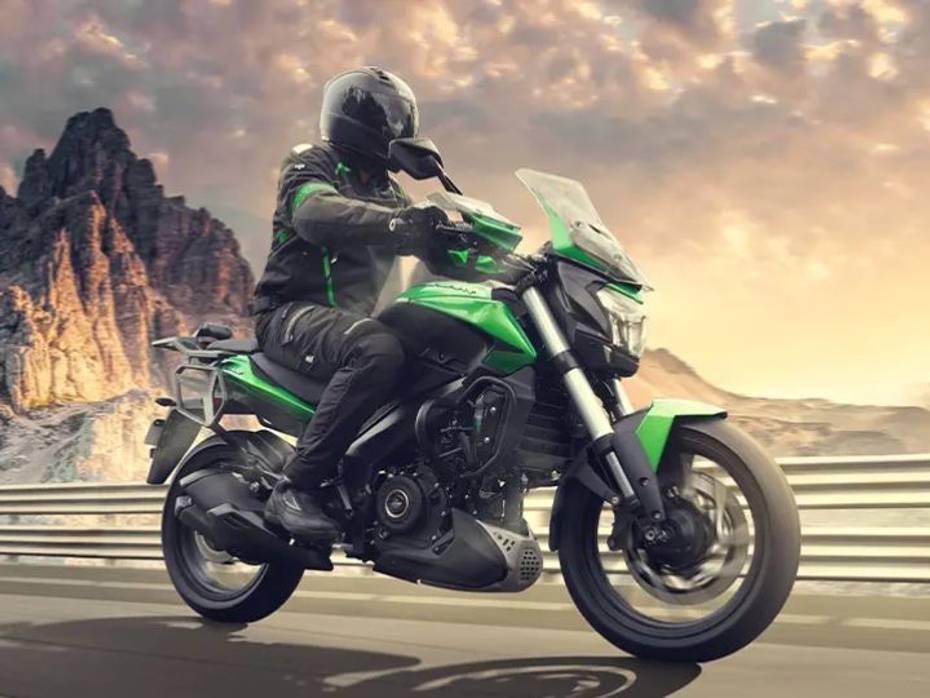
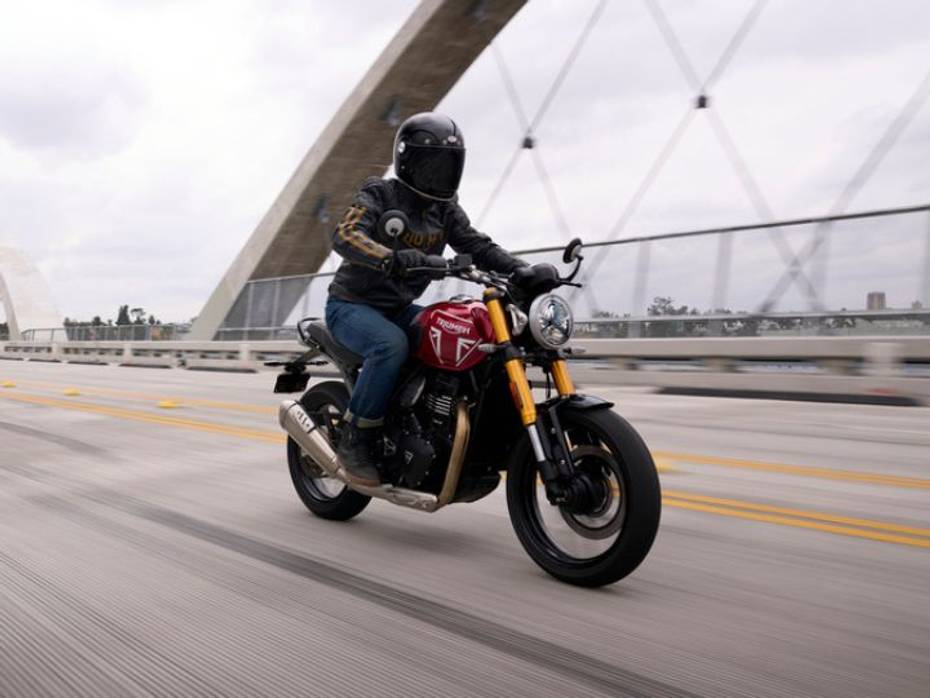
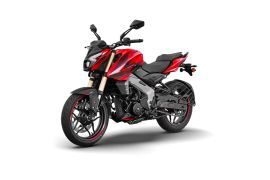

2024 Bajaj Pulsar NS400Z First Ride Review | Performance On An...

Bajaj Pulsar NS400Z: Top 5 Most Commonly Asked Questions

Weekly Bike News Wrap-up: Yamaha FZ-S FI V4 DLX New Colour Launch,...

Bajaj Pulsar NS400 Could Get Another Variant

Top Bike News Of The Week: Bajaj Pulsar NS400Z, Pulsar 125, Ampere...

Bajaj Pulsar NS400Z vs KTM 390 Duke: Image Comparison

BREAKING: Bajaj Pulsar NS400Z Launched At Rs 1,85,000; Cheapest 400cc...

Bajaj Pulsar NS400 Teased And Spied Again Ahead Of May 3 Launch

Upcoming Bike And Scooter Launches In India: May 2024
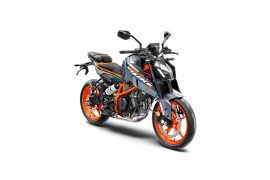 KTM Duke 390
KTM Duke 390
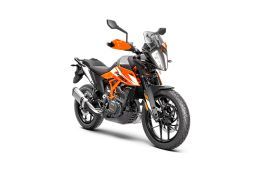 KTM 390 Adventure
KTM 390 Adventure
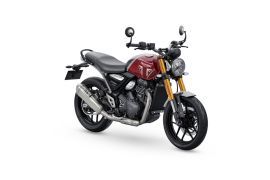 Triumph Speed 400
Triumph Speed 400
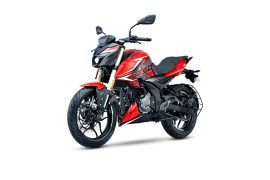 Bajaj Pulsar N250
Bajaj Pulsar N250
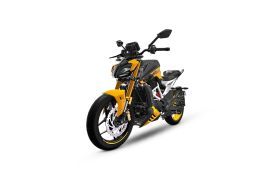 TVS Apache RTR 310
TVS Apache RTR 310
India's largest automotive community